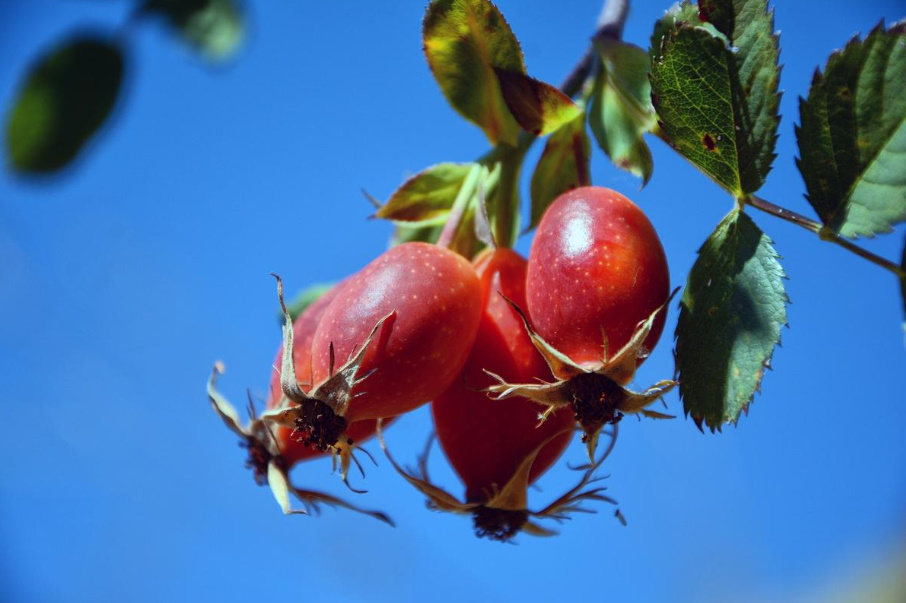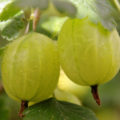The benefits of rosehip probably do not cause anyone doubts — everyone knows that its fruits are rich in vitamins and are used to treat various diseases. But the harvesting of this valuable vegetable raw material often raises questions, the answers to which are devoted to today’s article.
What kind of rosehip is medicinal?
All types of rosehip have useful properties. However, when harvesting, it should be taken into account that the chemical composition of fruits of different types will vary. Moreover, the content of certain active substances in them (in particular, vitamin C) depends even on the region of collection and the growing conditions of the shrub.
For example, the widespread Rosa canina is classified as a low-vitamin species, but the vitamin C content in its fruits varies in a wide range: from 2.16 to 0.1% (in terms of the mass of dry pulp). For comparison: in the dry pulp of Rosa rugosa fruits, the ascorbic acid content ranges from 1.33 to 6.33%, Rosa laxa — from 2.8 to 7.44%, Rosa majalis — from 3.22 to 10.84%.
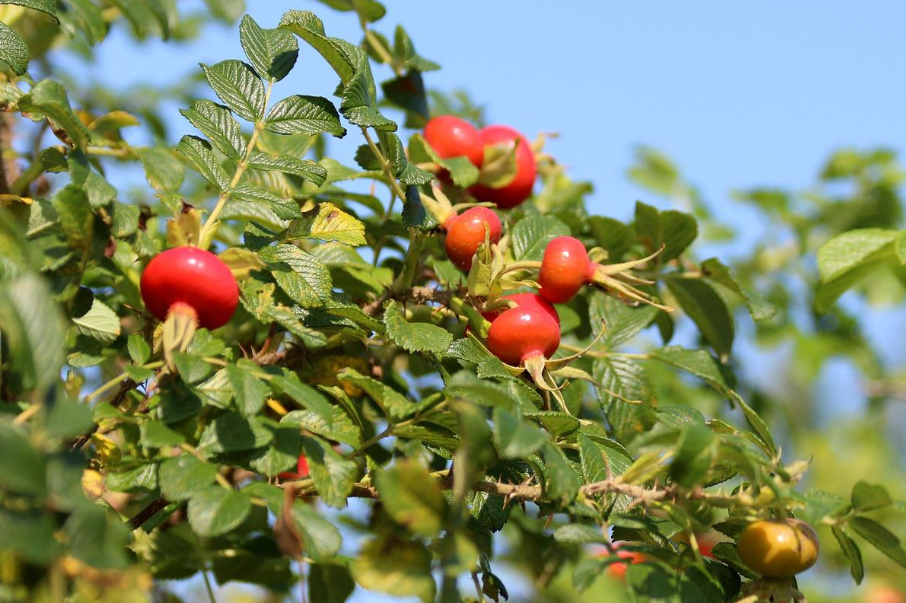
It is clear that at home it is impossible to determine the exact composition of the fruits (and, accordingly, their healing potential). Therefore, for home vitamin collections, you can simply harvest the raw materials of the most common types in your area. In addition to Rosa majalis, Rosa rugosa, Rosa laxa, Rosa acicularis, Rosa davúrica are also highly vitamin-rich.
In order not to have to go far for medicinal raw materials, grow rosehip in your summer cottage.
When to collect rosehip fruits?
The fruits begin to be harvested when they acquire a characteristic color for a particular species (orange, orange-red or bright red). This usually happens in August-September, less often in July, but the specific dates depend on the climate of your region and the characteristics of local plant species.
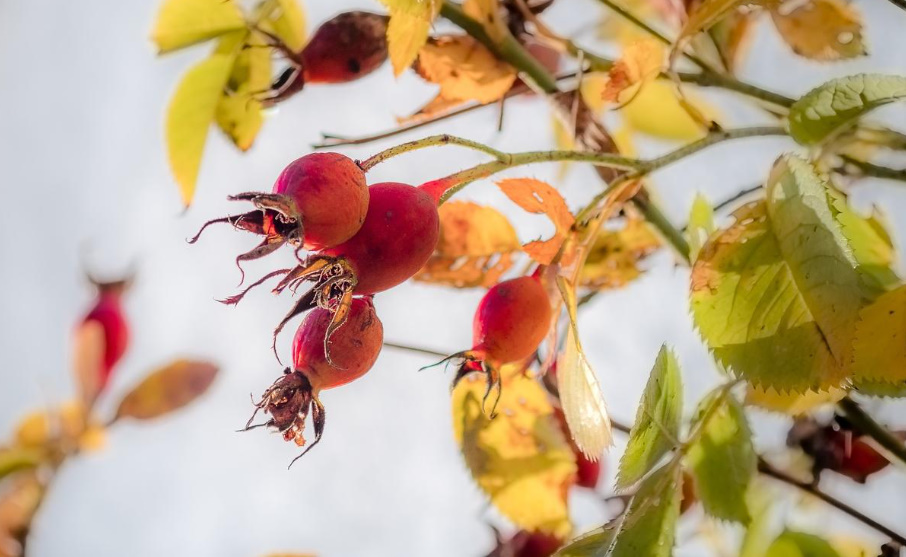
You can collect rosehip before frost, but keep in mind that fully ripe fruits become soft, they are easy to damage during harvesting. Such raw materials deteriorate quickly and dry poorly, so do not postpone the preparation if you see that the rosehip is already in time. Frozen fruits are also not suitable for drying, but if you can put them in the freezer before they start to thaw, such raw materials will preserve vitamins well.
How to collect and dry rose hips?
Like any medicinal plant, rosehip should be harvested in dry weather. Only healthy fruits that are not damaged by diseases and pests and have a characteristic color are subject to harvesting.
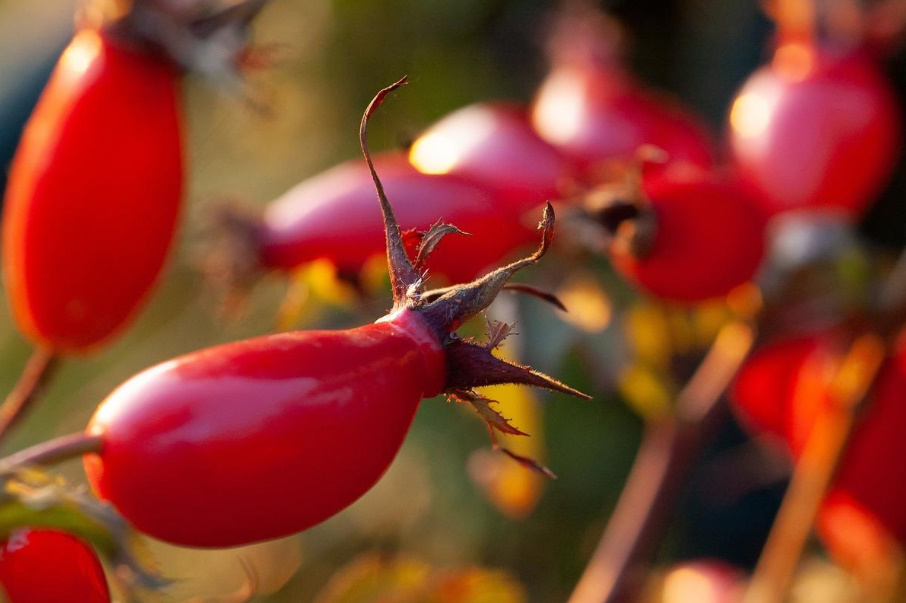
Rosehip is a very prickly shrub, so you should take care of protective clothing and use gloves. It is convenient to collect fruits in a canvas apron with a large pocket.
Rosehip is usually dried unpeeled; after drying, it is sorted out, clearing debris (leaves, twigs, remnants of pedicels) and removing sepals (this should not be done before drying, so as not to crumple the fruits). It is recommended to dry as soon as possible after harvesting at a temperature of + 80…+90 degrees (in the dryer or oven).
Properly dried fruits do not stick together if squeezed, do not stain hands, have a natural color and smell; they can be stored for no more than 2 years. Darkened or smelling of mold, rotten raw materials are unsuitable for use.
